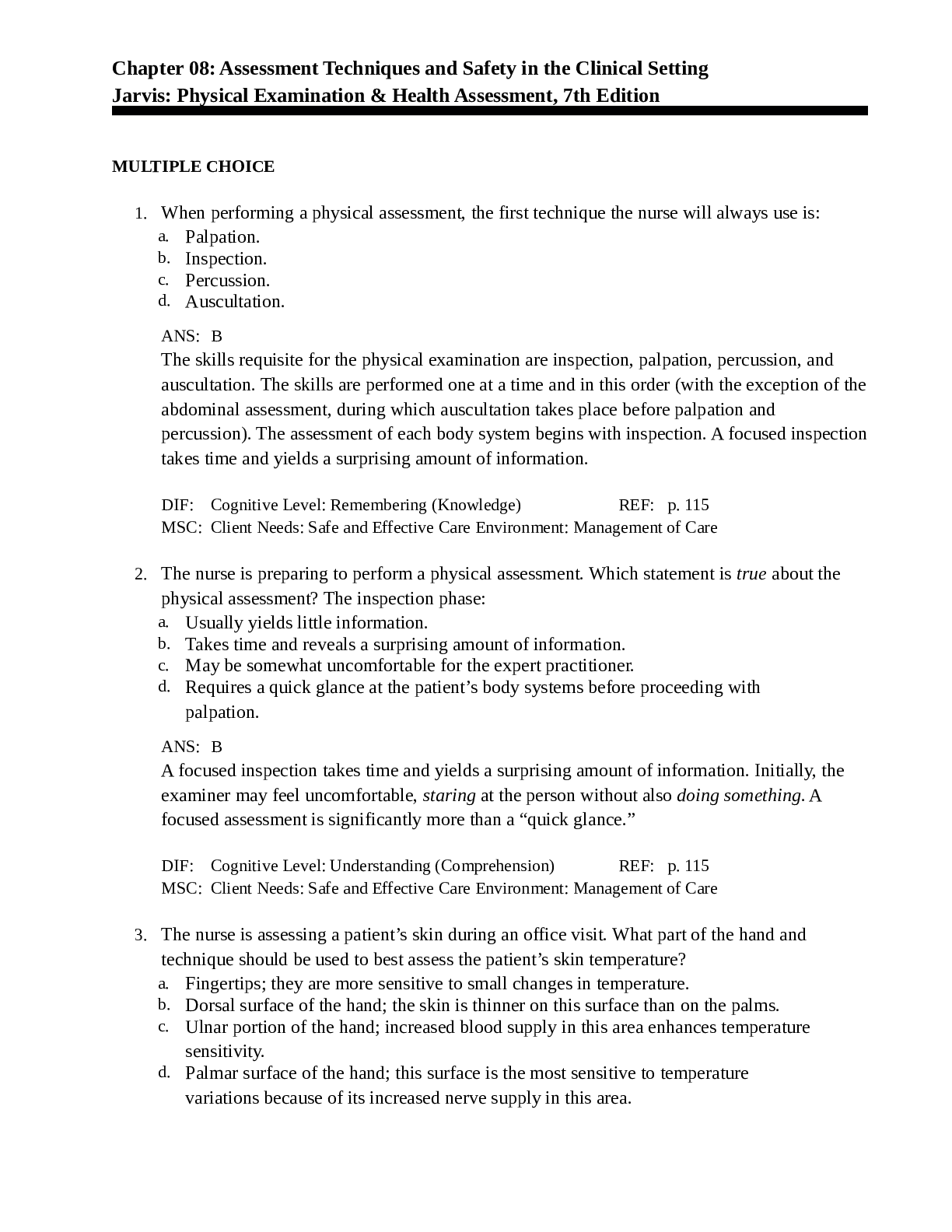*NURSING > QUESTIONS & ANSWERS > Contemporary Nursing: Issues, Trends, and Management, 7th Edition Chapter 01: The Evolution of Profe (All)
Contemporary Nursing: Issues, Trends, and Management, 7th Edition Chapter 01: The Evolution of Professional Nursing
Document Content and Description Below
1. Clara Barton is known for: a. becoming the first black public health nurse. b. establishing the Henry Street Settlement. c. founding the American Red Cross. d. publicizing the inadequacies of h... ospital-based nursing schools. 2. Students are assigned to write to their state leaders about an issue affecting their community. One student writes about the need among rural community for greater access to acute care services. Which of the following pieces of legislation should the student use as a reference? a. Social Security Act b. Hill-Burton Act c. Sheppard-Towner Act d. U.S. Civil Service Act 3. The practice of public health nursing and the Henry Street Settlement are credited to: a. Mary Breckenridge. b. Mary Seacole. c. Clara Barton. d. Lillian Wald. 4. Occupational health nursing features beliefs similar to those of which early nursing pioneer? a. Lillian Wald b. Florence Nightingale c. Clara Barton d. Mary Seacole 5. What historical event first led to the recognition of the contribution of blacks to nursing? a. Florence Nightingale’s acceptance of black nurses into the first nursing school b. The contributions of black nurses at the Pennsylvania Hospital, the first hospital in America c. Mary Seacole’s efforts to care for soldiers during the Crimean War d. The work done by wives of wealthy black nobles who carried food and medicine from house to house during the Middle Ages 6. World War I contributed to the advancement of health care by: a. increasing the number of private care hospitals and decreasing the role of public health services. b. employing a large number of civilians to provide care to returning soldiers through the Red Cross. c. introducing specialists in nursing such as nurse anesthetists. d. increasing the number of community health nurses. 7. The primary purpose of the Social Security Act of 1935 was to: a. increase research that focused on minority groups. b. provide medical care for chemically impaired persons. c. ensure health care for older adults through a national insurance system. d. decrease the public’s financial burden by limiting services offered by local health departments. 8. A client asks the nurse, “Can you explain Medicare, an amendment to the Social Security Act?” The nurse responds that Medicare: a. led to many hospital closings, along with a decrease in acute care hospital–based nursing care. b. provided medical insurance to those younger adults or children who were not eligible for private insurance because of catastrophic illnesses such as cancer. c. provided preventive care for women, infants, and children. d. ensured that individuals ages 65 and older and those with end-stage renal disease or permanent disabilities had health care insurance. 9. A comparison of nursing in the 1980s to nursing in the 1990s reveals that: a. in the 1990s nursing experienced a significant reduction occurred in preventable diseases caused by unsafe/unhealthy lifestyles. b. tuberculosis was the primary concern for nursing in the 1980s, whereas the AIDS epidemic emerged and was its focus during the 1990s. c. a decrease in ambulatory services in the 1980s prompted an increase in public health nurses in the 1990s. d. the demand for advanced practice nurses increased in the 1980s and the 1990s as a result of the economy and concern about the health of the nation. 10. Which statement accurately describes the historical perspective of nursing practice? a. Nursing has existed to meet the needs of populations, individuals, and aggregates by providing care that is determined by the needs and beliefs of society in different historical contexts. b. As men began to become interested in nursing, it changed into a respected profession based on scientific fact rather than superstition. c. Nursing has historically accepted individuals from all social and ethnic backgrounds. d. The United States has led the way throughout history to advance nursing and health care by providing the first hospital and medical school. 11. The use of herbs has become a popular alternative to prescription drugs in today’s health care milieu. During which other historical periods did health practices focus on the use of herbs? a. Prehistoric times and the Middle Ages b. Civil War period and World War I c. Renaissance and Reformation periods and the Colonial American period d. Crimean War and Civil War periods 12. A care provider sacrifices an animal and waves an herb-filled sack over a client who is complaining of painful joints and chest pain with exertion. This ritual represents health care during: a. the prehistoric period. b. early civilization in Egypt. c. the Renaissance. d. the Middle Ages. [Show More]
Last updated: 1 year ago
Preview 1 out of 102 pages
Instant download

Instant download
Reviews( 0 )
Document information
Connected school, study & course
About the document
Uploaded On
Jul 26, 2022
Number of pages
102
Written in
Additional information
This document has been written for:
Uploaded
Jul 26, 2022
Downloads
0
Views
38

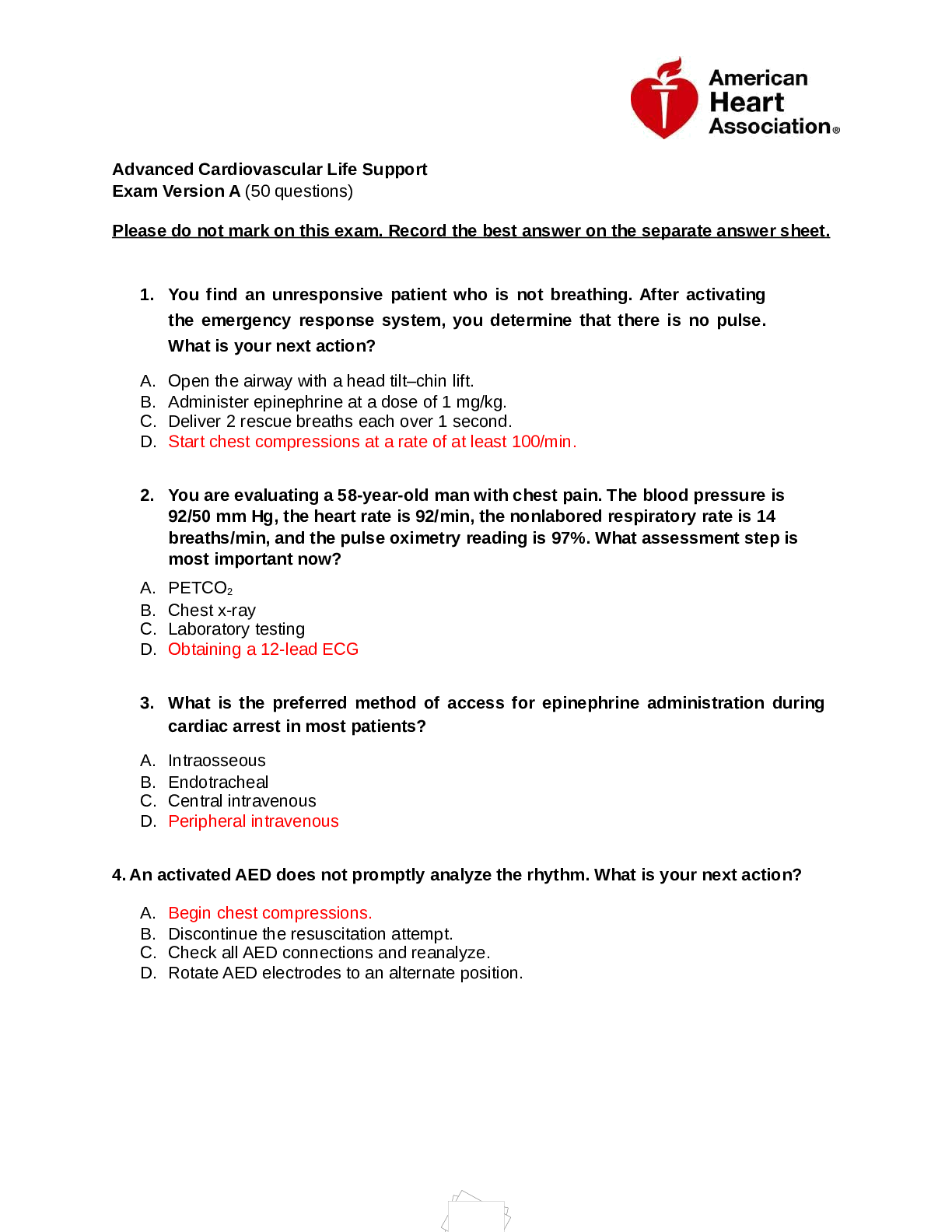
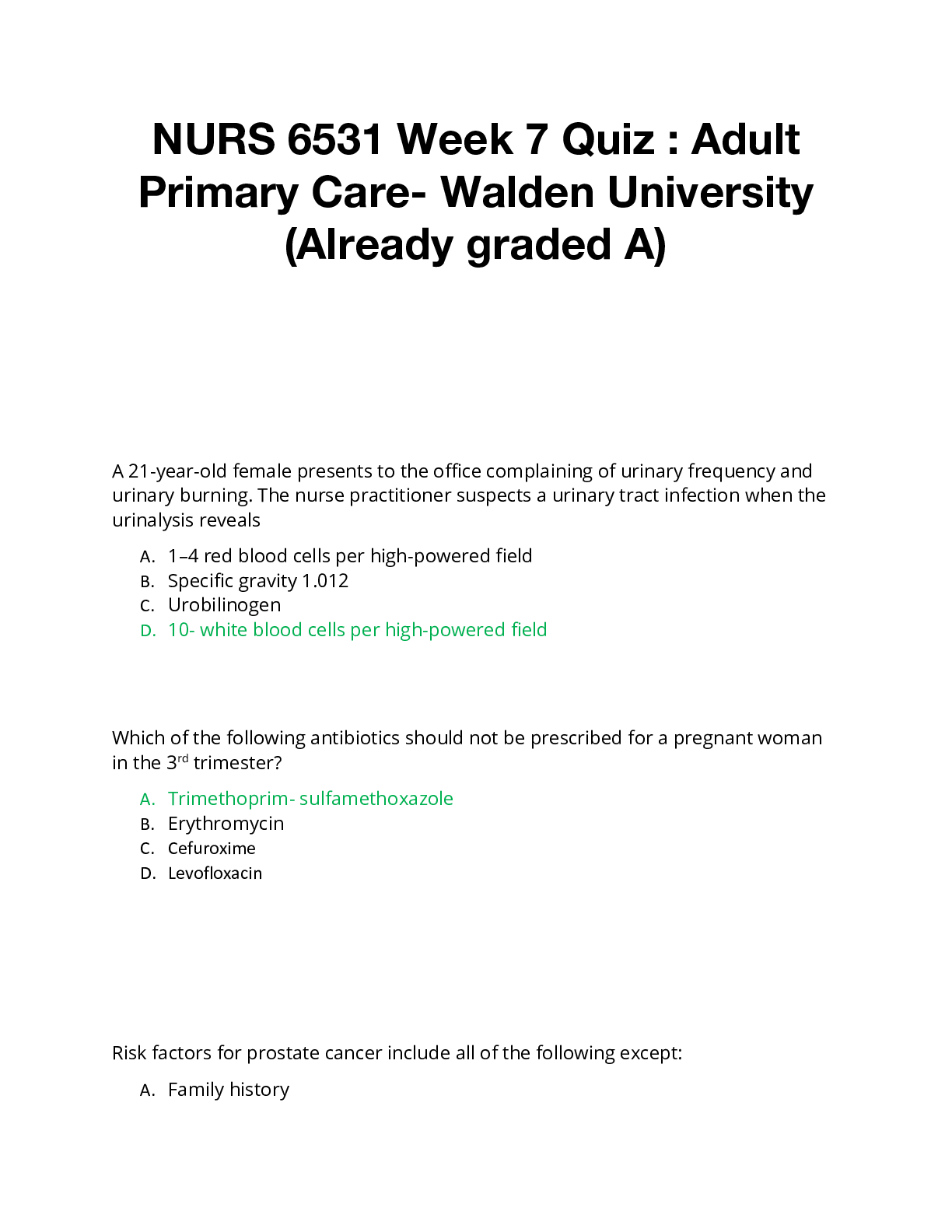
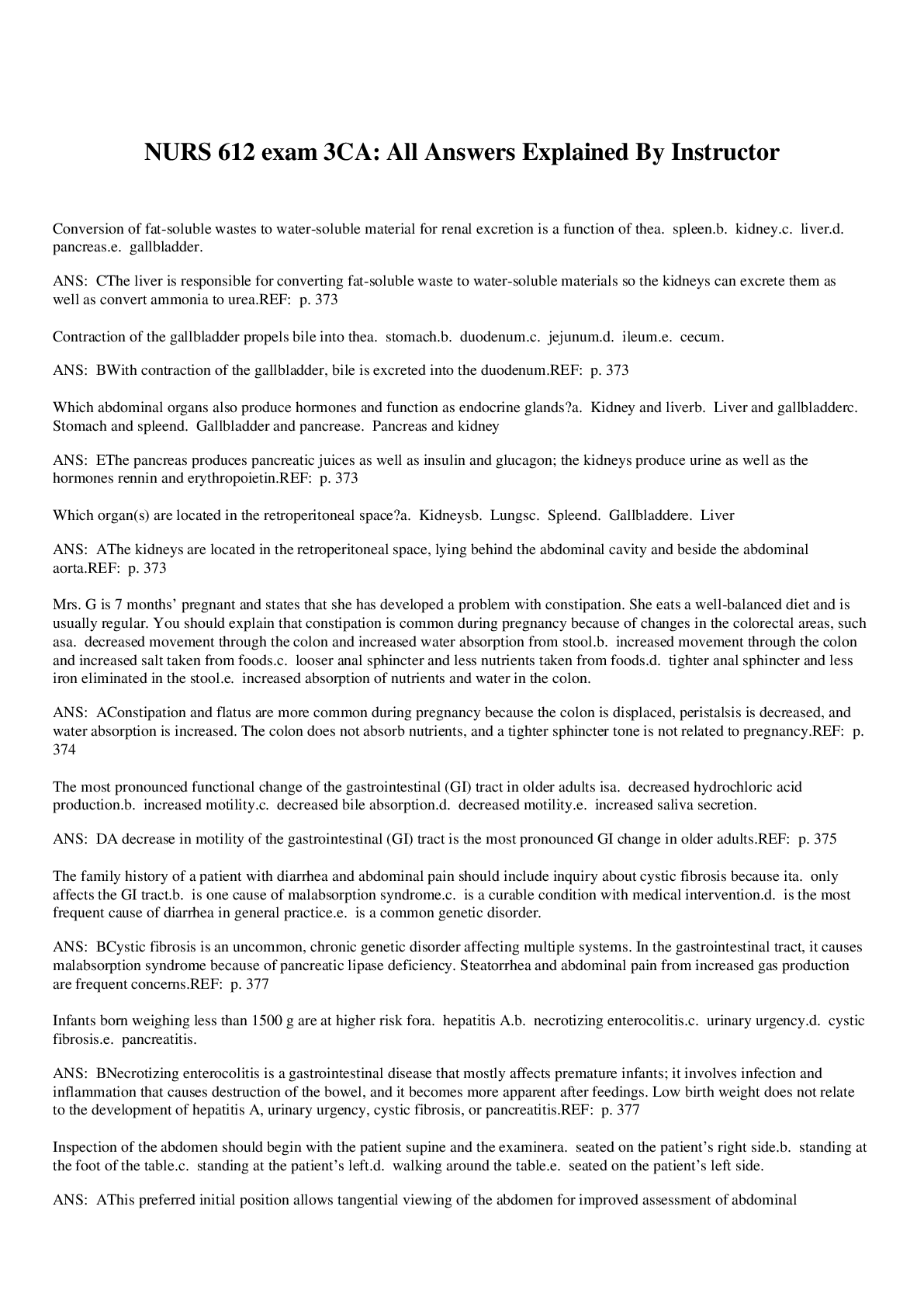
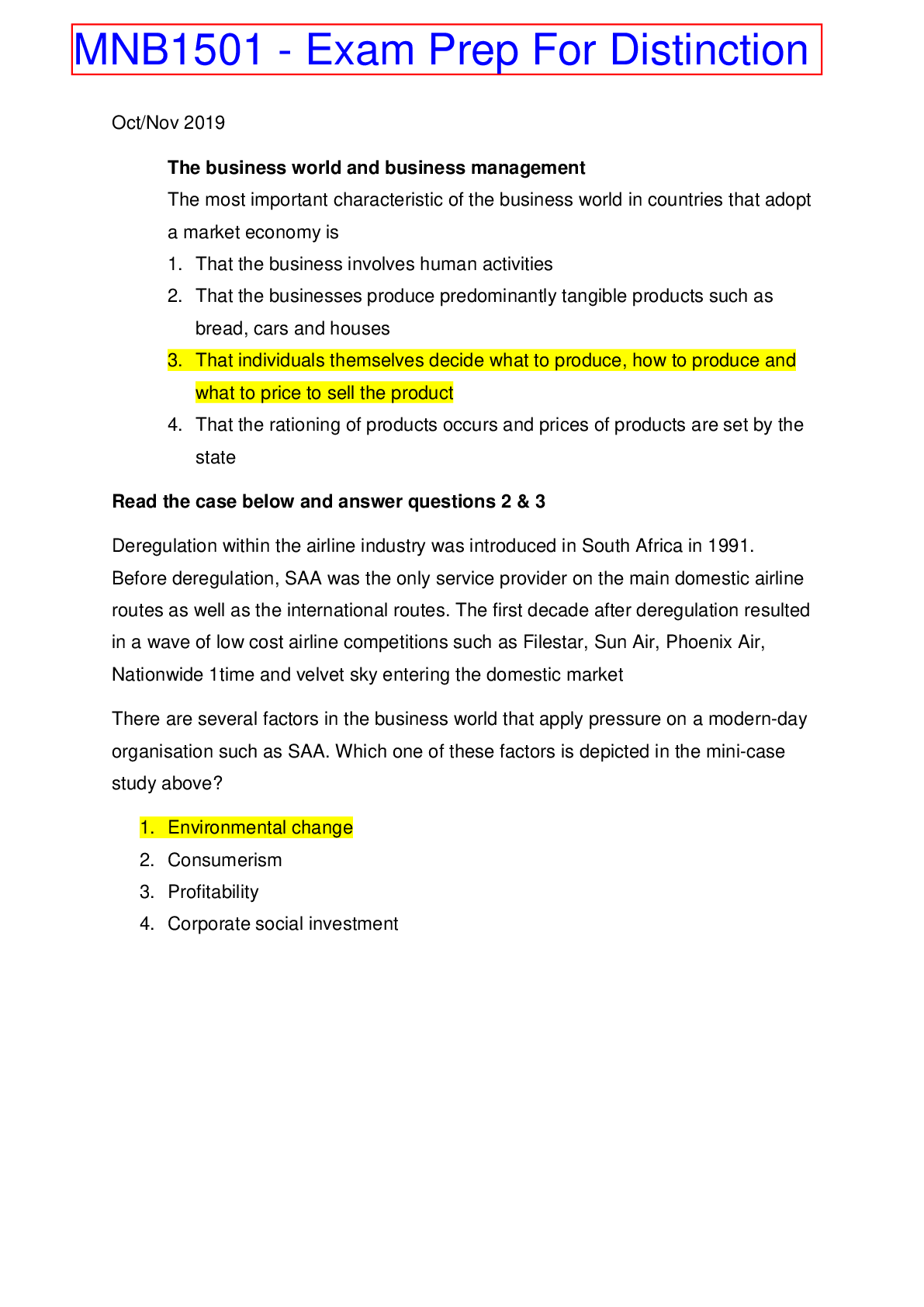
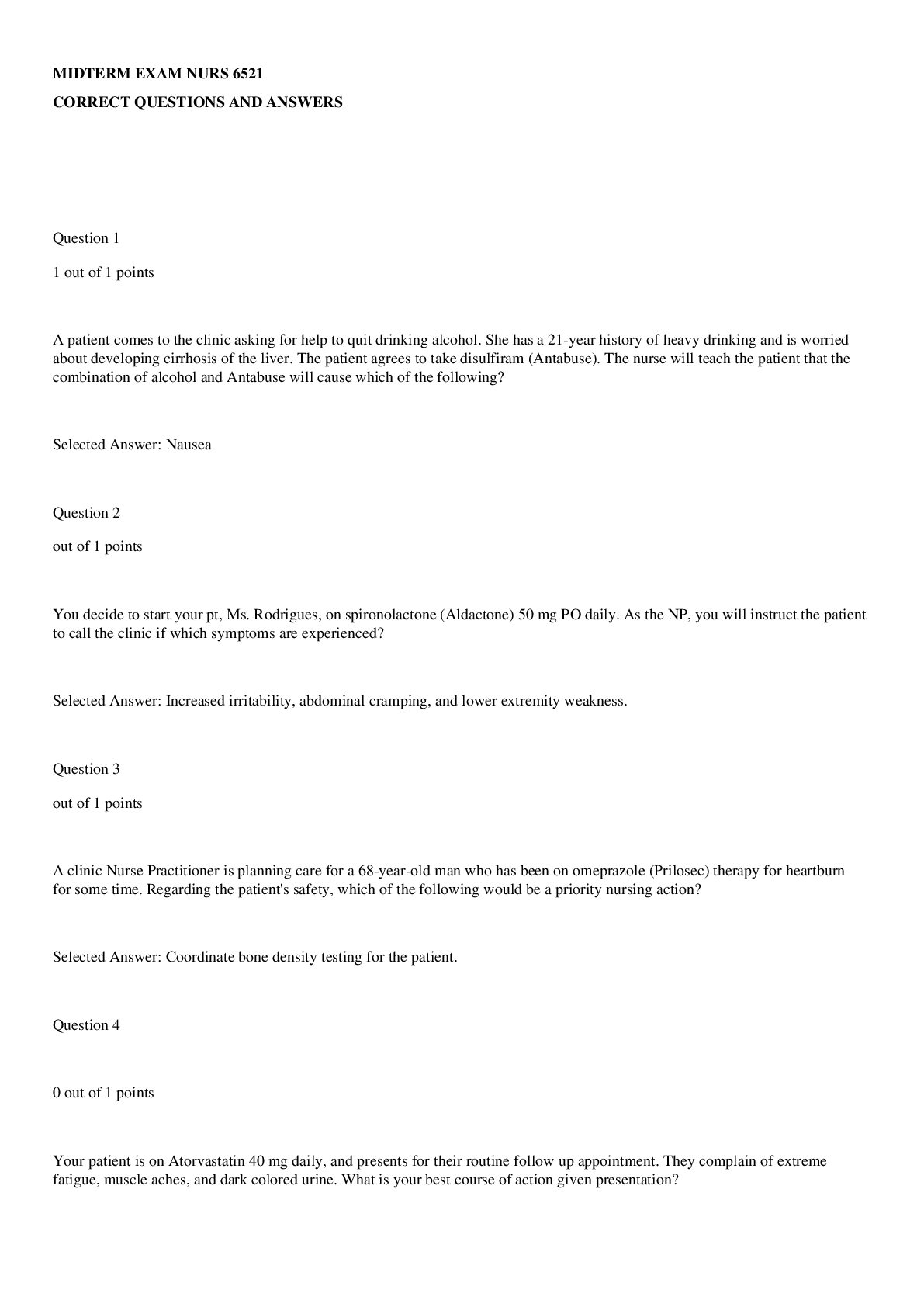

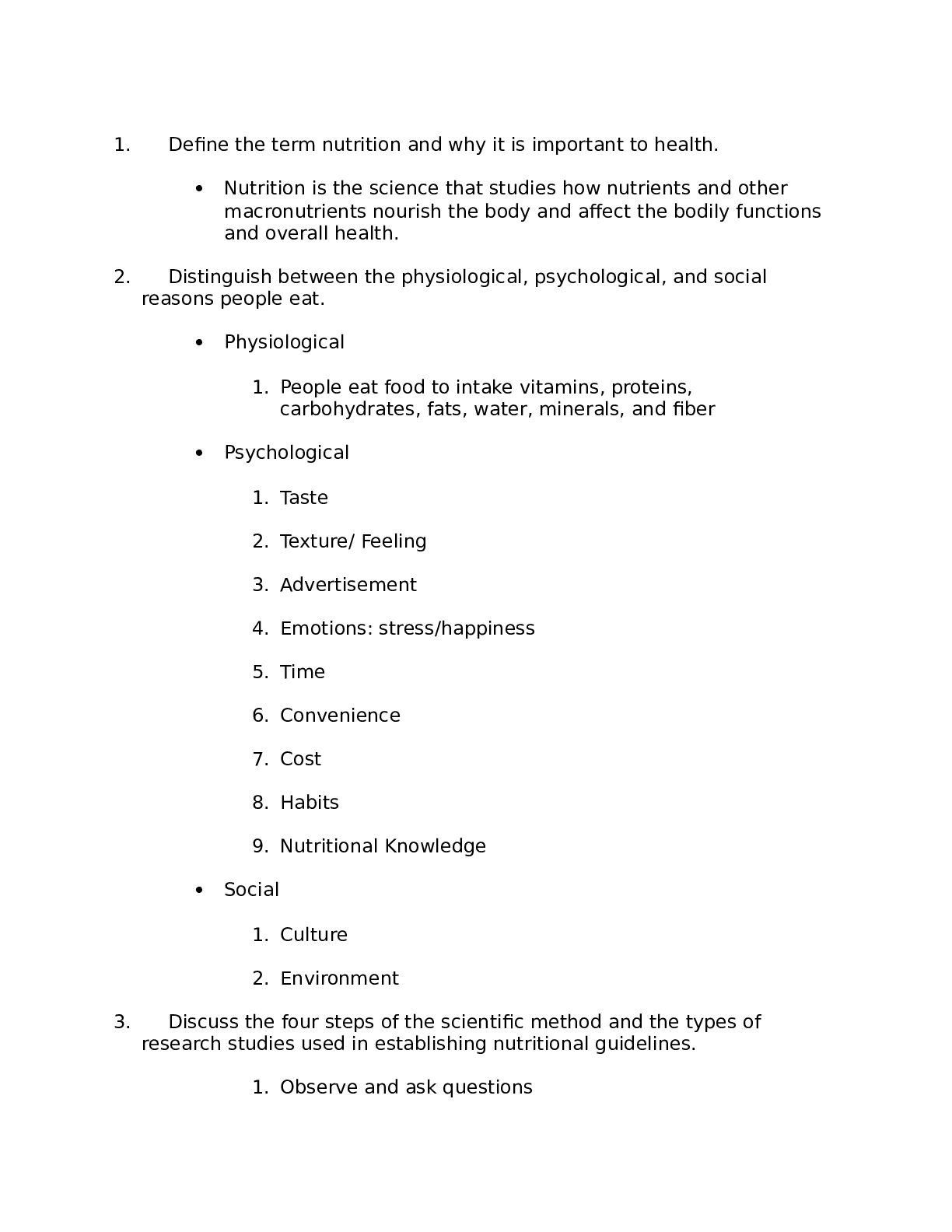
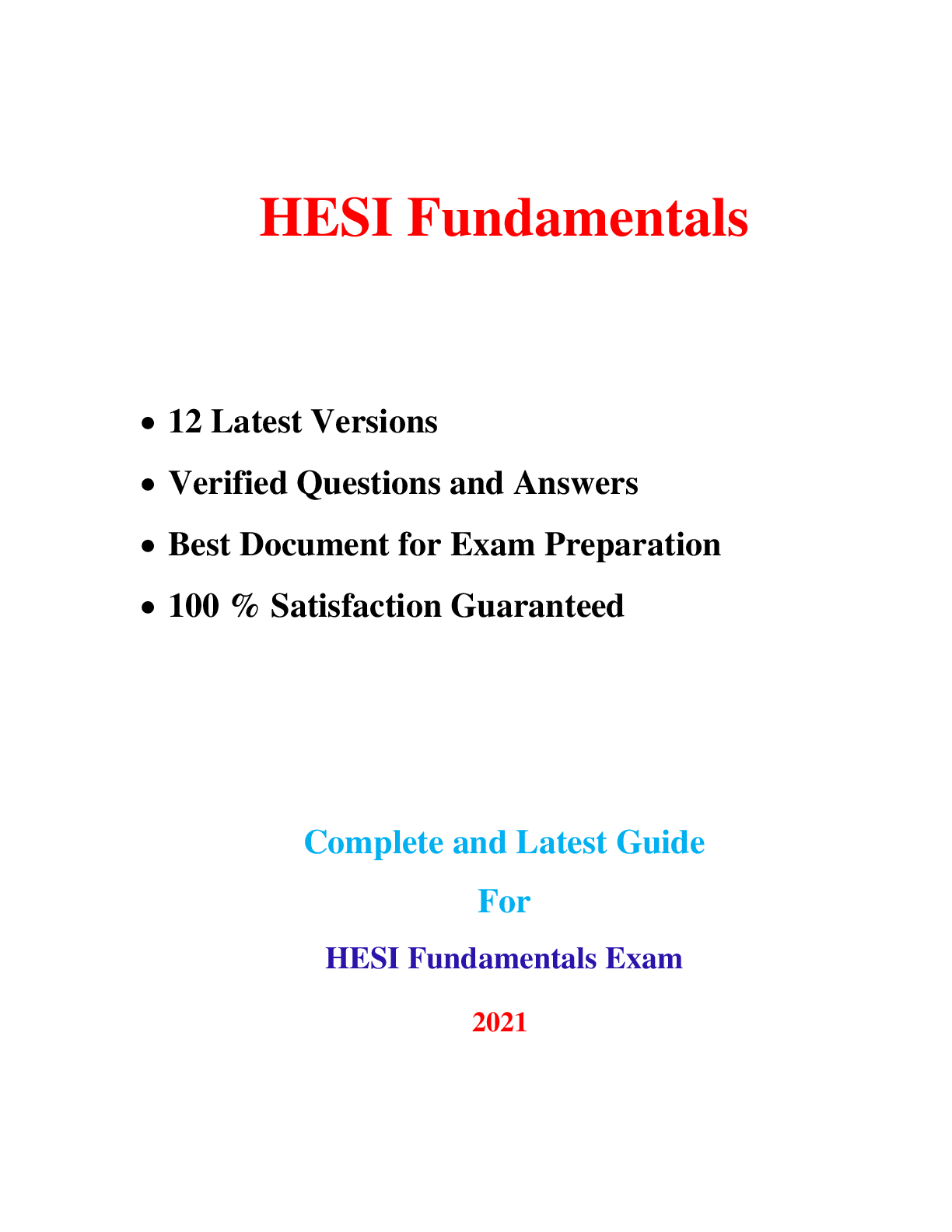
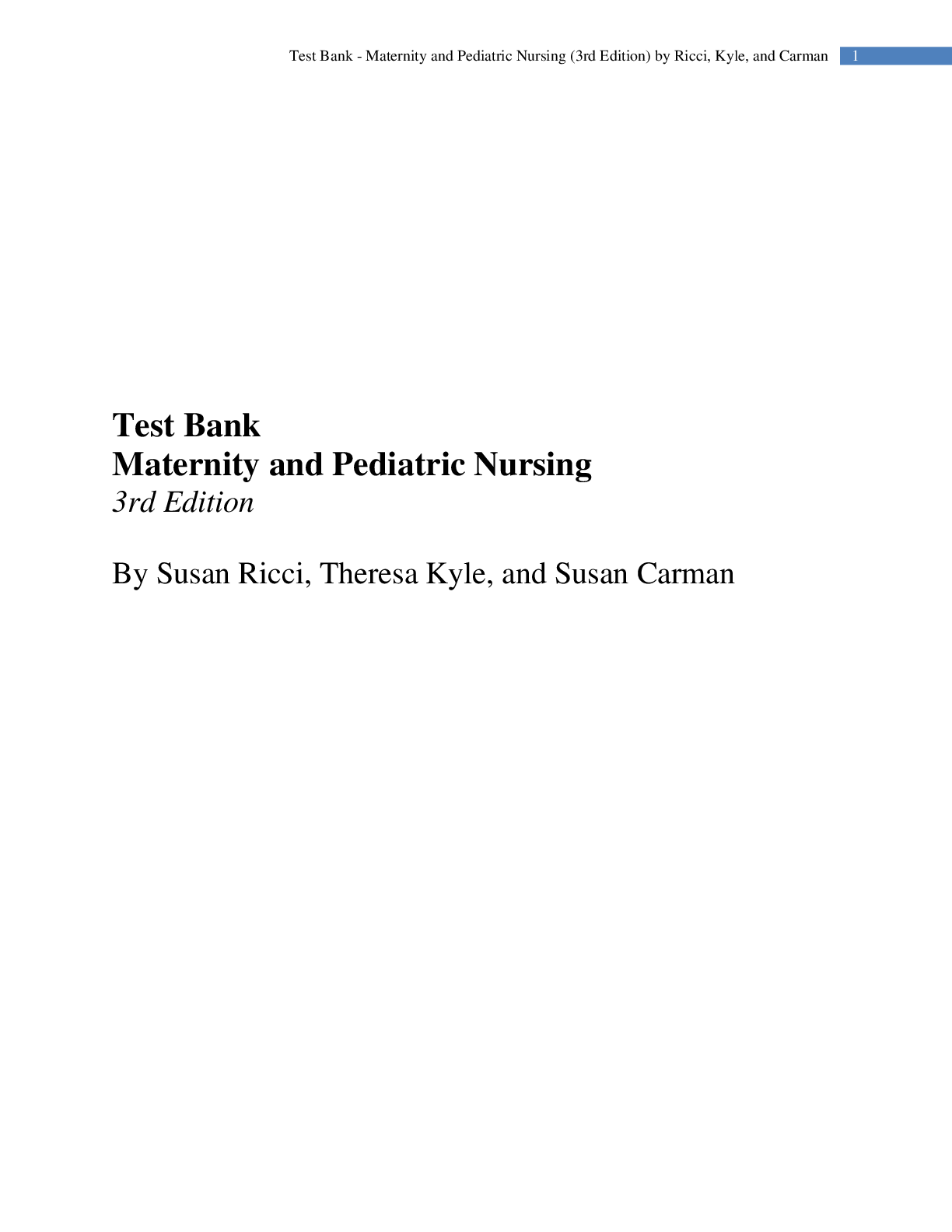

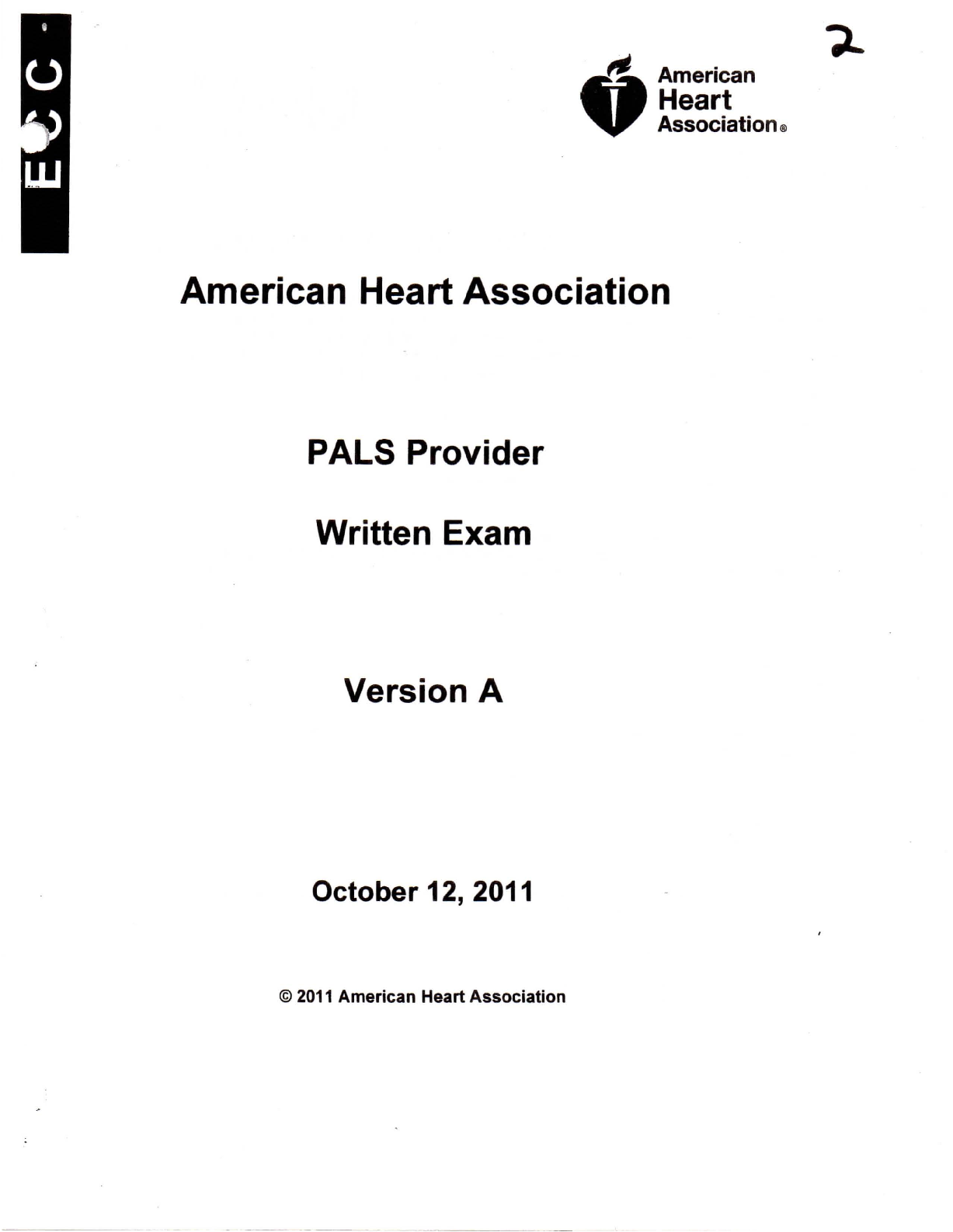
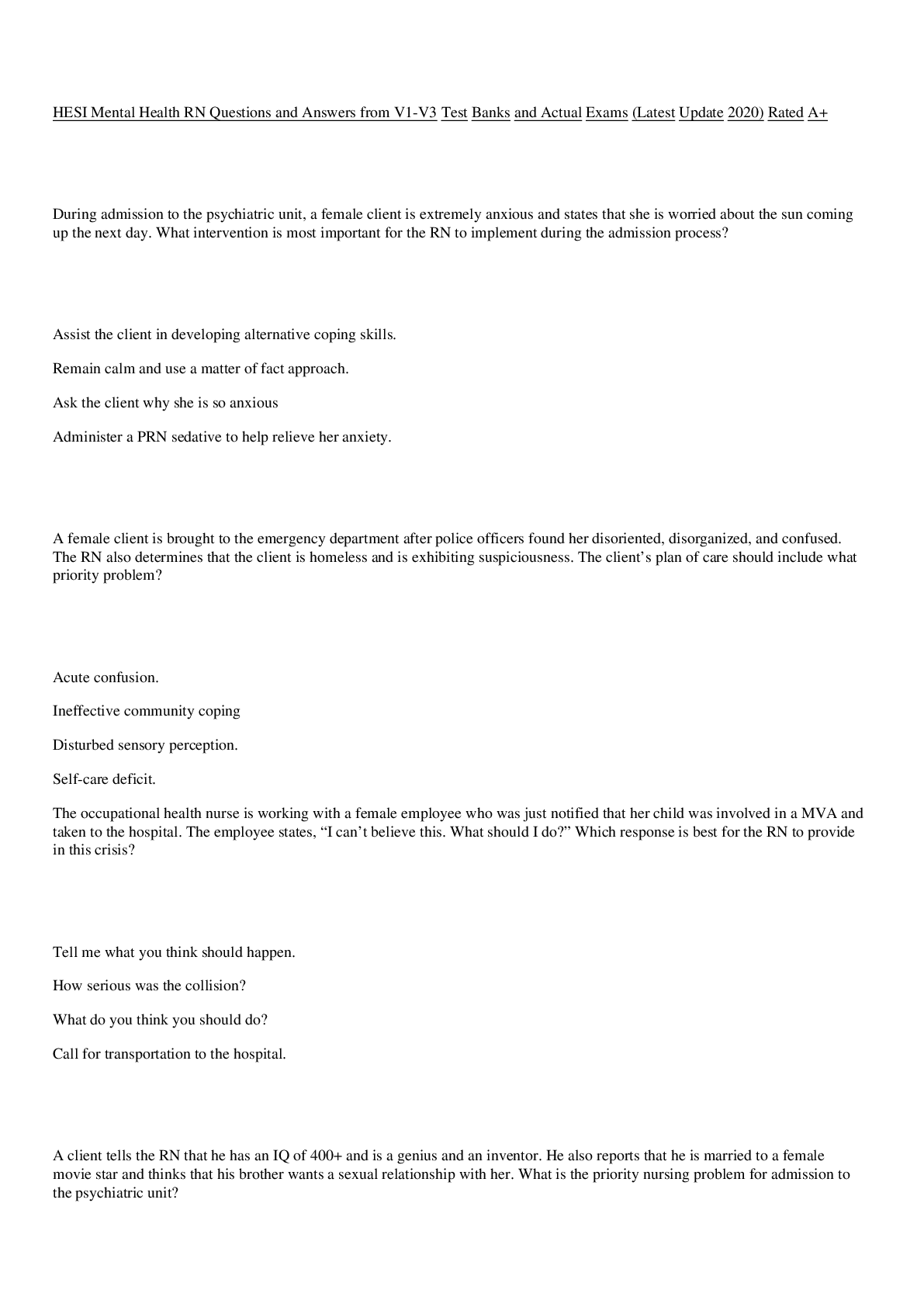
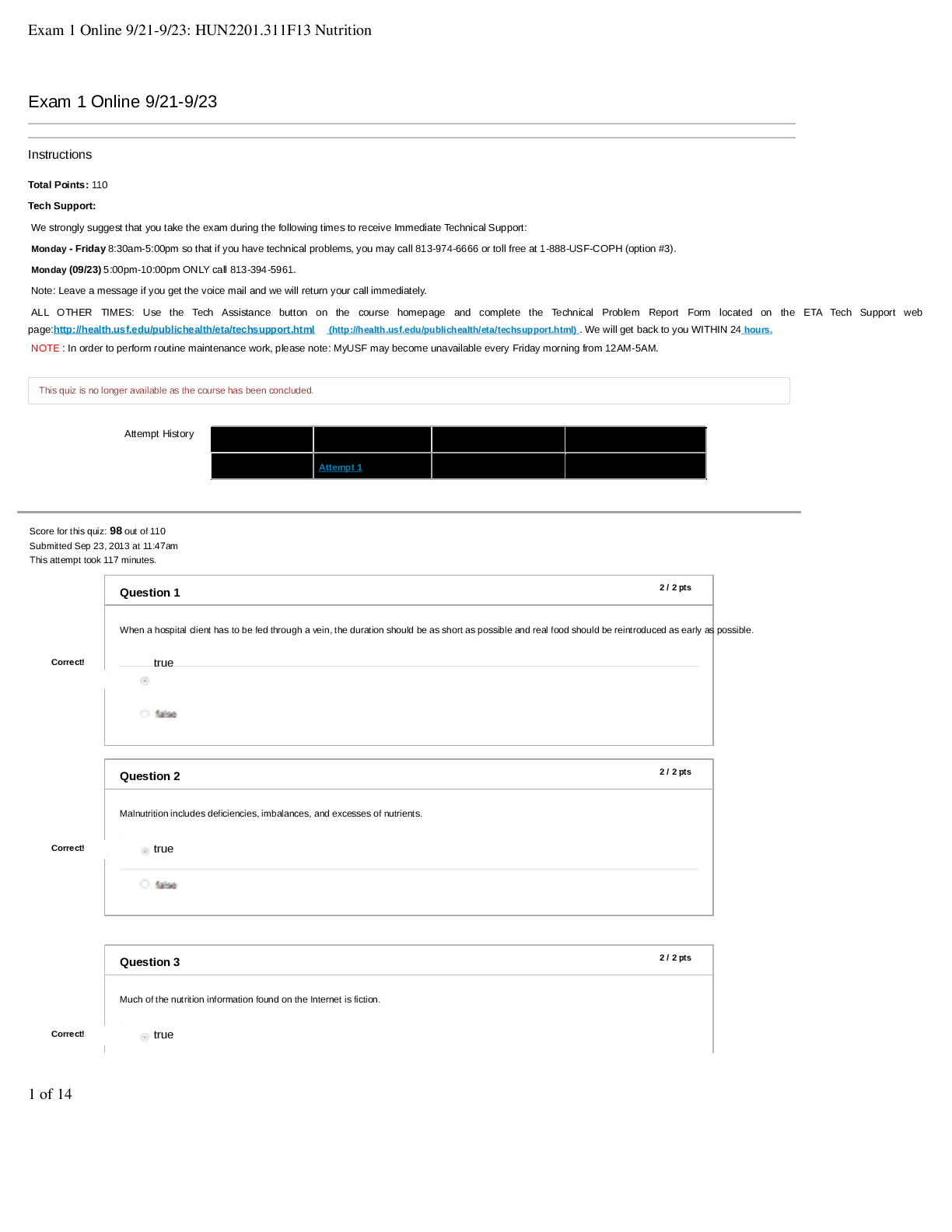




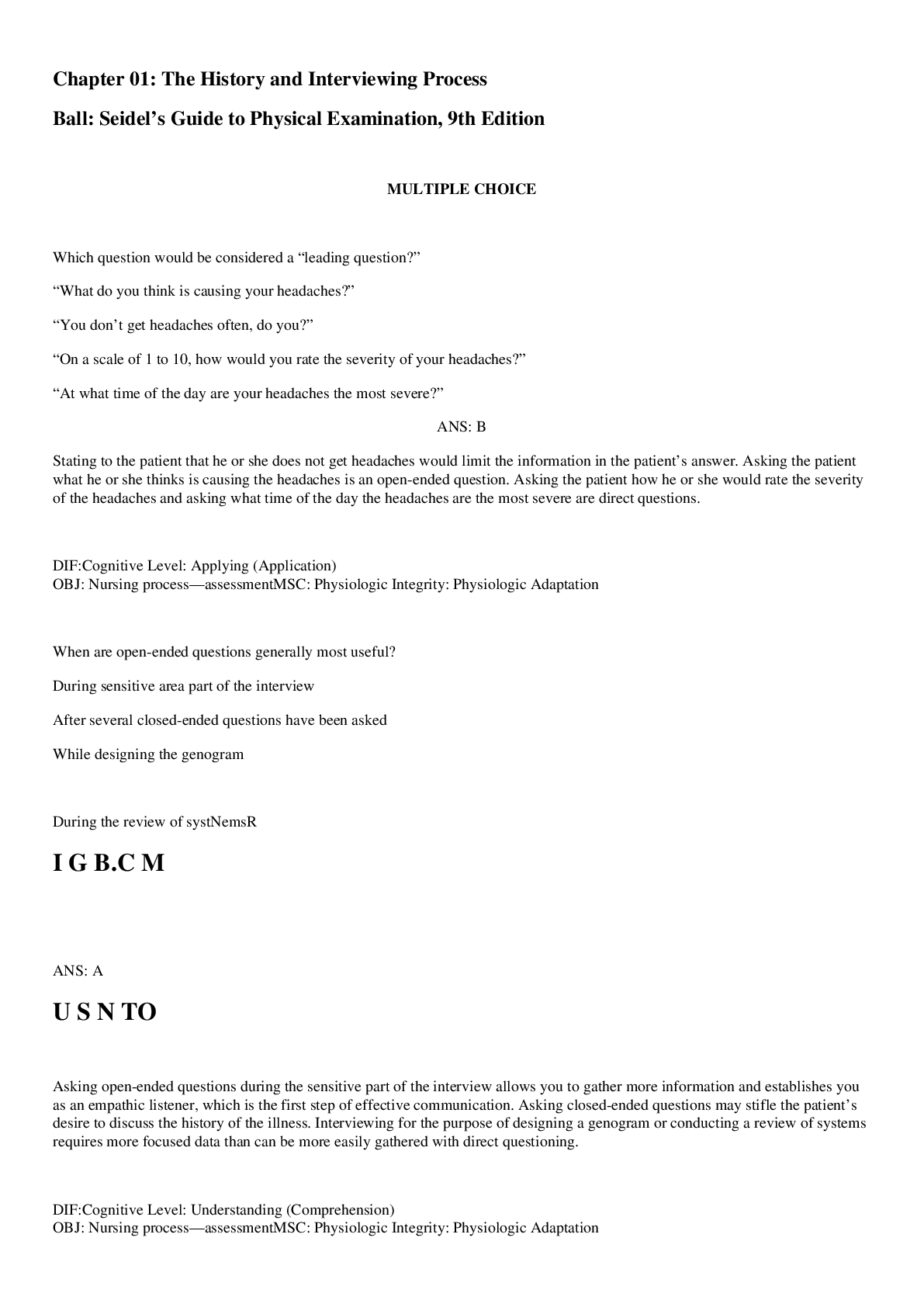
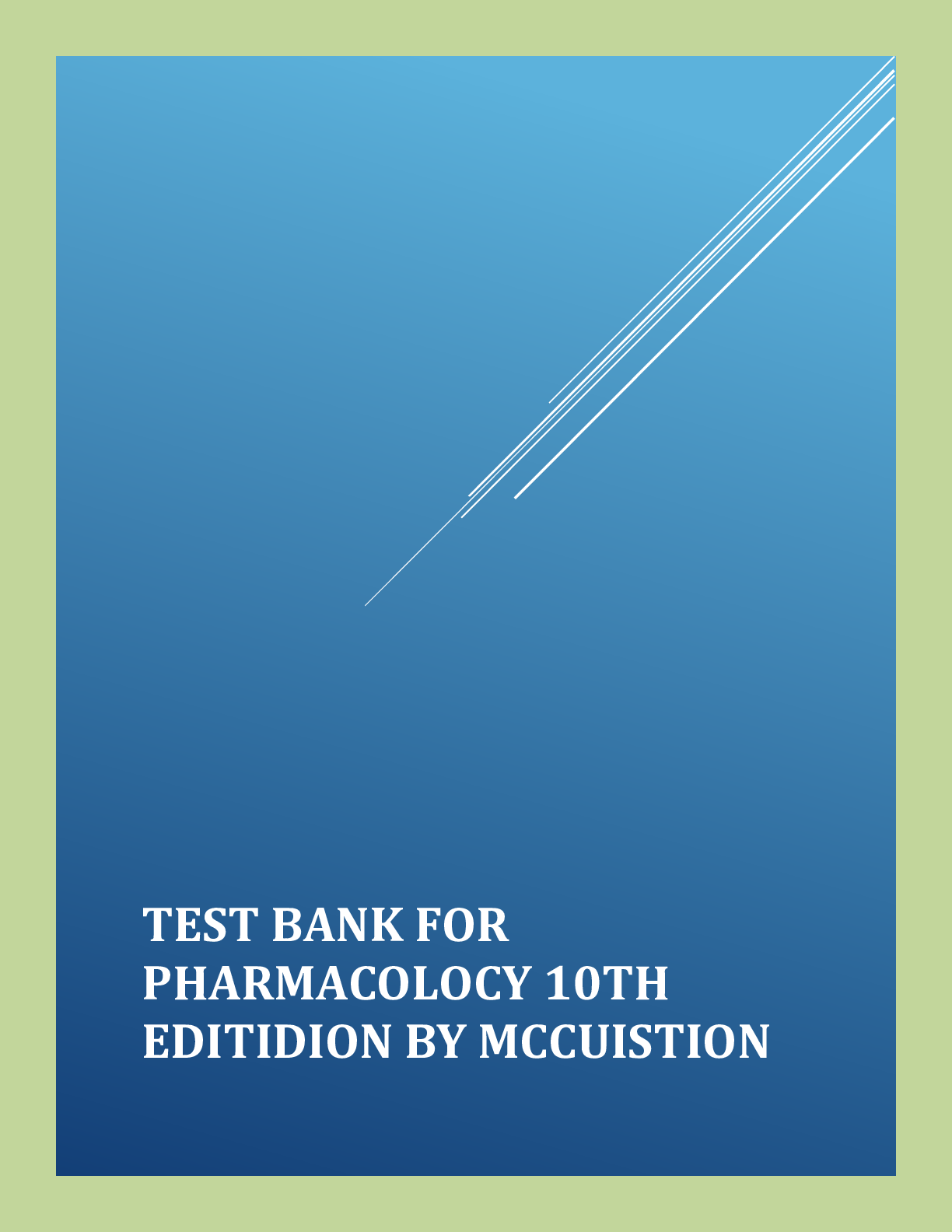



 - Chapter 01 The Introduction to Anatomy and Physiology.png)
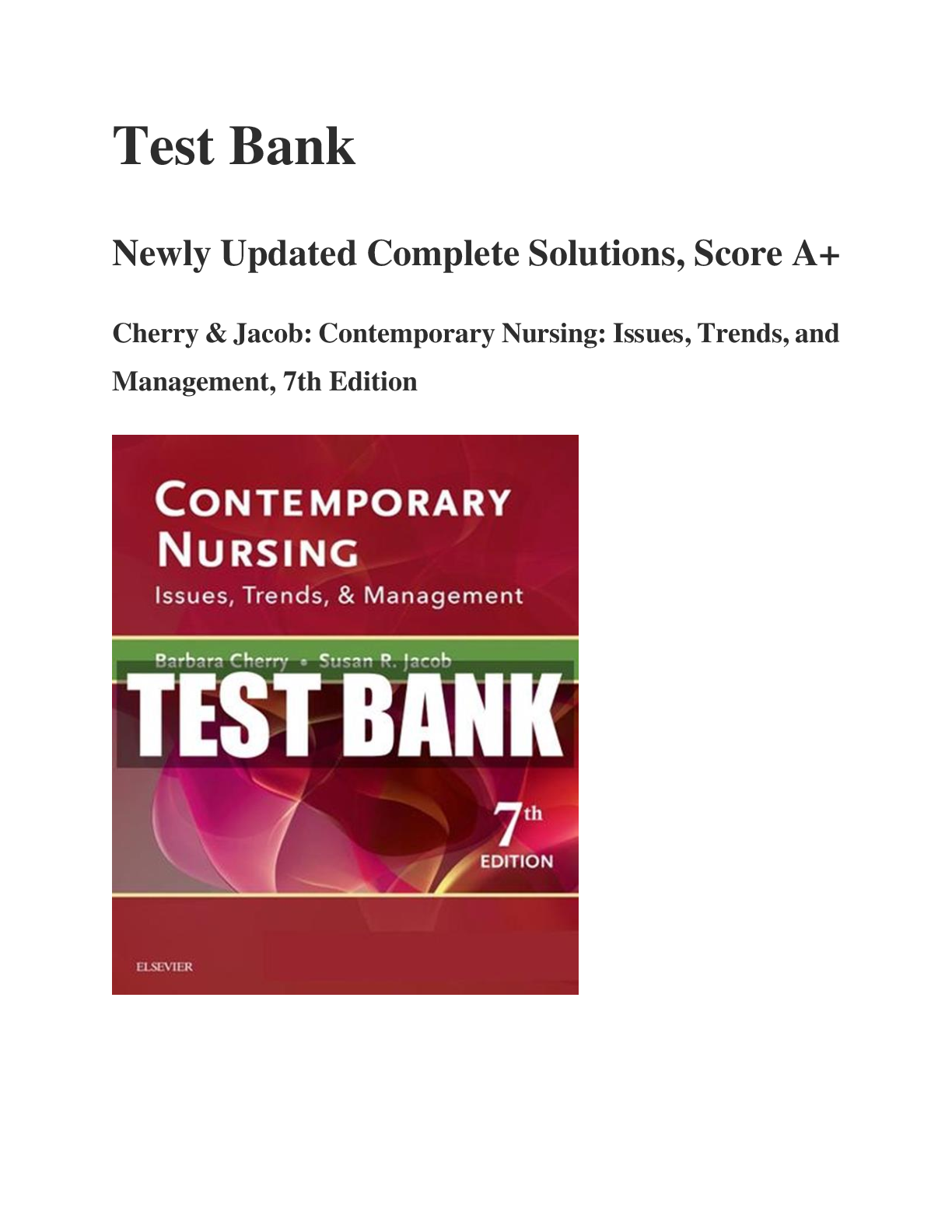





.png)
